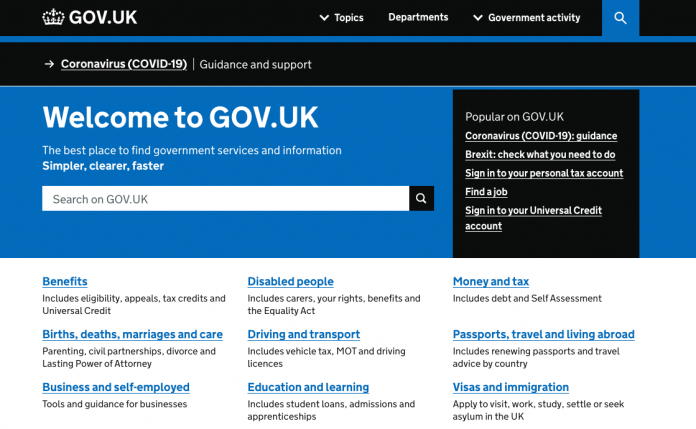Manish Malhotra, Head of UK Public Services, Infosys, explores how the government can retain a human touch to its services as they go digital
During the pandemic, technology has provided millions of people with a lifeline, enabling them to continue working, socialising, and accessing the vital services they need. However, despite the range of benefits that digital services have provided so many of us, new research has found that while many people’s use of technology increased during this time, nothing quite compares to face-to-face human interaction.
As organisations across the world pursue and embrace digital transformation – efforts which have undoubtedly been accelerated by the pandemic – it’s important to consider how these services can retain a human feel while continuing to innovate and achieve efficiency goals.
According to Infosys’ recent report on the future of UK digital government services, eight in ten people accessed digital government services during the pandemic, demonstrating the reliance many citizens have on these services. Surprisingly, it was also found that those over the age of 54 were the most likely to communicate solely via digital means, making up 36% and challenging common misconceptions regarding digital service usage by age. A similarly significant 28% of respondents stated that while they mostly use digital services, they still prefer human interaction when it is available.
These insights highlight the role digital government services have played in people’s lives during the pandemic. As organisations seek to digitally transform further, or perhaps embark on their digital transformation journey for the first time, it’s clear that putting people at the core of every digital platform is essential, from the design stage, through to the live rollout of a digital service.
Empathy and AI
Importantly, only 4% of respondents stated that they would never consider using digital services, proving that there is widespread willingness to take a mixed approach. The findings showed that empathy is of massive importance to users, with 51% saying that it is important that the digital experiences they have feel human. A solution that is evolving to meet this requirement is conversational AI, which is becoming increasingly sophisticated.
AI-powered chatbots are beginning to demonstrate the technology’s effectiveness in user experience journeys, but we can expect conversational AI to become integral to universal interfaces. These interfaces will be specifically designed to handle query response in a dynamic way, enabling governments to create more accessible platforms.
While AI cannot replace a human interaction, its ability to converse and exhibit knowledge in a “human-like” way holds great potential. Our research found that 71% of respondents appreciated a more interactive approach, meaning that an intelligent chatbot with empathetic traits and capabilities would likely be a successful solution.
A conversational AI solution may also serve as a means of encouraging those who are currently reticent to engage with digital government services. The more “human” approach and the ability to raise queries in a natural way is an effective means of providing less tech-savvy users with confidence. Our research supports this perspective, with 83% of respondents believing that digital government services would appeal more to people with low digital skills if they were easier to use.
Digital inclusivity
Ensuring that digital services take the diverse needs and abilities of users into account is also vital to retaining the human touch, going hand in hand with the need for empathetic technology. The lack of these considerations means that the communities requiring the most support are put at the greatest risk of falling behind. The recent Infosys research reveals that 86% of people feel that better access is needed for those living in remote areas, a statistic that offers insight into a user group that is disadvantaged by existing digital services.
Inclusivity could also be improved by introducing a wider range of languages to existing digital government services, with 63% of respondents feeling that more options should be available. This is particularly the case among users born overseas, with 72% of the users in this category highlighting the need for change.
The pandemic underlined the need for digital government services to be more inclusive, with the disabled, the elderly, and those with lower digital confidence suffering the most. The research found that 58% of respondents who identify as disabled suggested the need for more people-centric solutions, with a focus on reduced complexity. It is of paramount importance that these users are provided with access to human interactions, ensuring that a hybrid approach is used to provide both efficiency and high-quality service.
The way forward
Above all, digital government services must be made to feel human by design because half of the UK population is calling for it. In addition to this, 49% of respondents believe that digital government services could be enhanced by improving the look and feel of the experiences, emulating successful private sector websites. This finding highlights the extent of the work that the government must do to deliver positive user journeys.
The government would benefit immensely from taking a data-driven approach, fuelled by a broad sample of feedback from UK residents. Once these insights have been generated, a range of challenges could be tackled by identifying which digital experiences most require more of a human touch. This can then be remedied either by improved access to human interactions, or by implementing more sophisticated conversational AI technologies that deliver a natural, “empathetic” experience.











